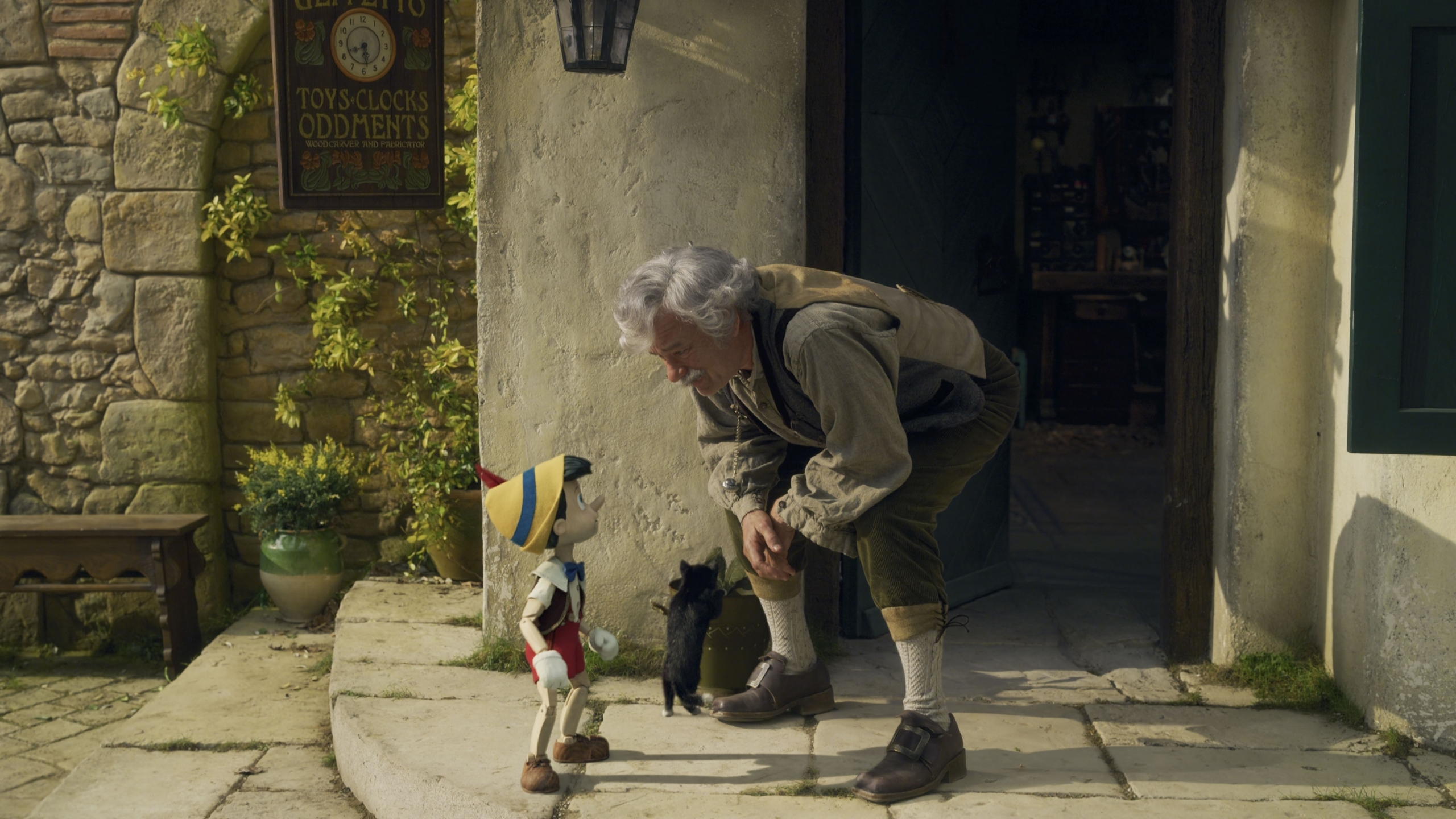Pinocchio might be worth watching, once. Or just watch the original.
While Disney’s trove of original films is expansive, it must be said — the number of “live-action” adaptations produced by the media juggernaut in recent years is bordering on excessive. The most recent unnecessary adaptation, “Pinocchio,” was released exclusively on Disney+ on Sept. 8. The film is directed and written by Robert Zemeckis, helmsman of “Forrest Gump” and “Back to the Future,” among other films. Tom Hanks, longtime collaborator of Zemeckis’, stars as Pinocchio’s father, Geppetto.
The film opens with narration by Jiminy Cricket (Joseph Gordon-Levitt), a vagabond insect clad in shabby rags. Jiminy seeks refuge inside Geppetto’s shop, where the cricket observes Geppetto singing to his most recently constructed marionette puppet — Pinocchio (Benjamin Evan Ainsworth). When Geppetto wishes upon a star later that night, a magic starlight shines upon the puppet, causing him to spring to life. The Blue Fairy (Cynthia Erivo) appears, beginning Pinocchio on a quest to become “a real boy”,” and proceeds to assign Jiminy Cricket to be Pinocchio’s conscience. Throughout the remainder of the film, Pinocchio’s naivety, Jiminy’s incompetence and Geppetto’s irresponsibility result in situations where Pinocchio must prove himself to be unselfish, brave and truthful, lest he remain a wooden puppet forever.
“Pinocchio” isn’t all bad, only mostly. Occasional bits of meta humor and cute nods to other Disney films keep the tone lighthearted. While much of the voice acting is simply poor imitation of the original, Keegan-Michael Key of “Key & Peele” delivers an unexpectedly charismatic performance as Honest John. Unfortunately, Key operates with only a measly ten minutes of screentime.
Standout performance and outlier jokes aside, this contemporary rendition of the classic story blatantly lacks the magical charm of the 1940s film. As with the majority of Disney’s recent “live-action” remakes, the term “live-action” is a misnomer. The at-times choppy blend of computer-generated models against practical backgrounds simply doesn’t work well in this film. The third act is particularly rough as the vibrant CGI bodies of Pinocchio and Jiminy are contrasted against darker settings. That’s not even mentioning some inexcusably poor CGI found late in the film in the “Pleasure Island” setting. The film was produced on a relatively low budget of only $150,000,000 — it shows.
Visuals and voicework aside, the writing of “Pinocchio” is downright confusing, specifically in its humor. A bizarre medley of childish slapstick and jokes directed at adults spans the film’s runtime. Which audience is being catered to when jokes regarding taxation of the rich and shoddy pedagogical styles are presented just five minutes prior to gratuitous slapstick involving an oversized mallet?
The bottom line is that very few were asking for “Pinocchio.” The 1940s film told an incredibly similar story to its modern counterpart, and it did so better. Why waste $150,000,000 retreading tired ground while countless original stories exist within the minds of creators dying to tell them?










